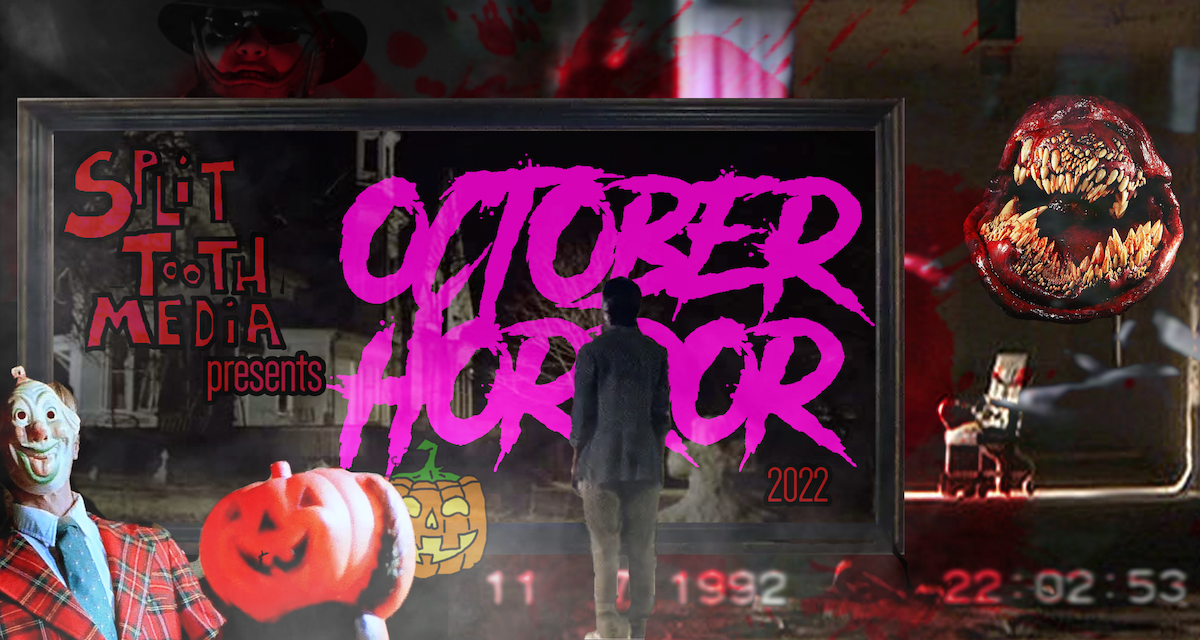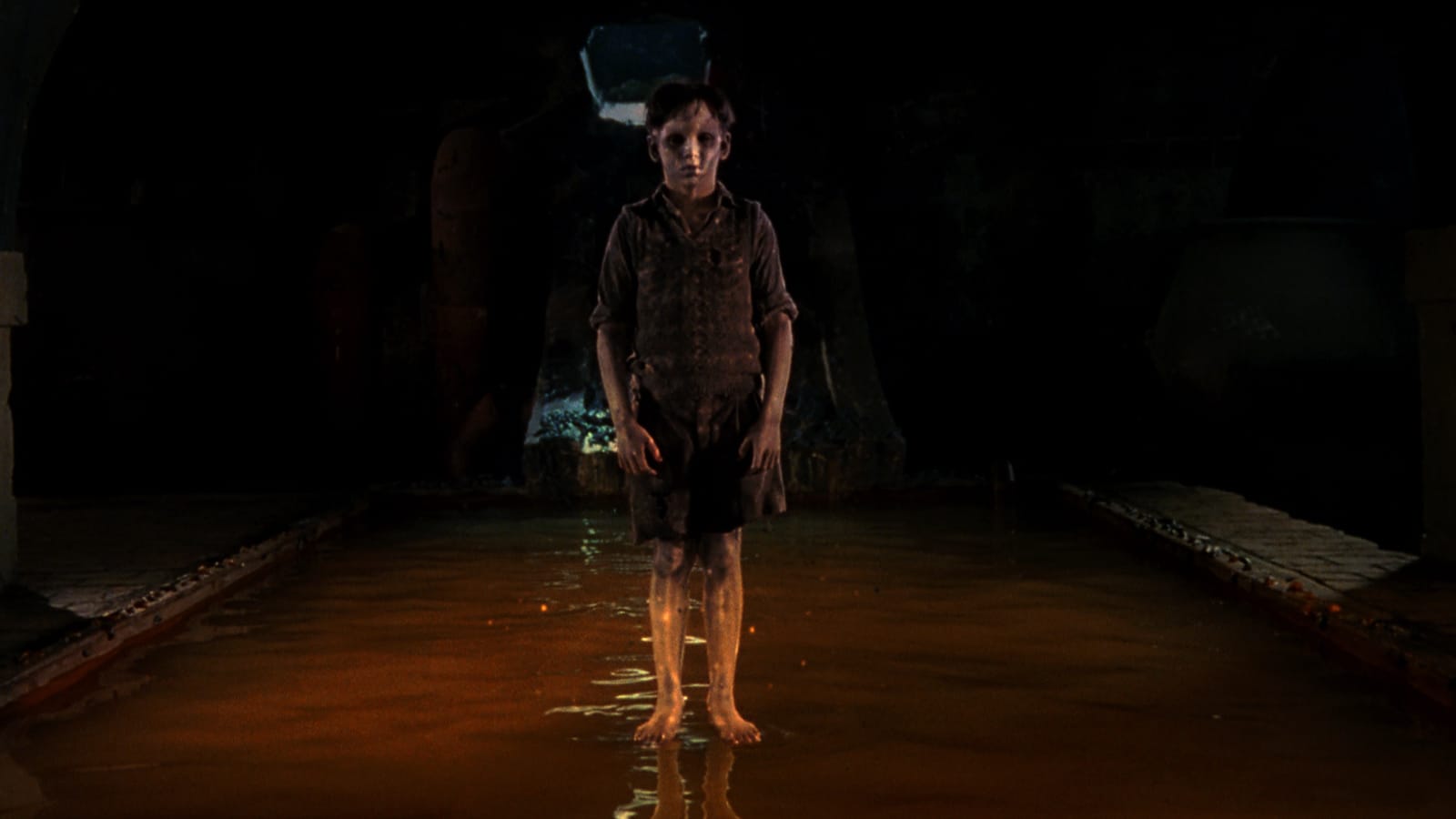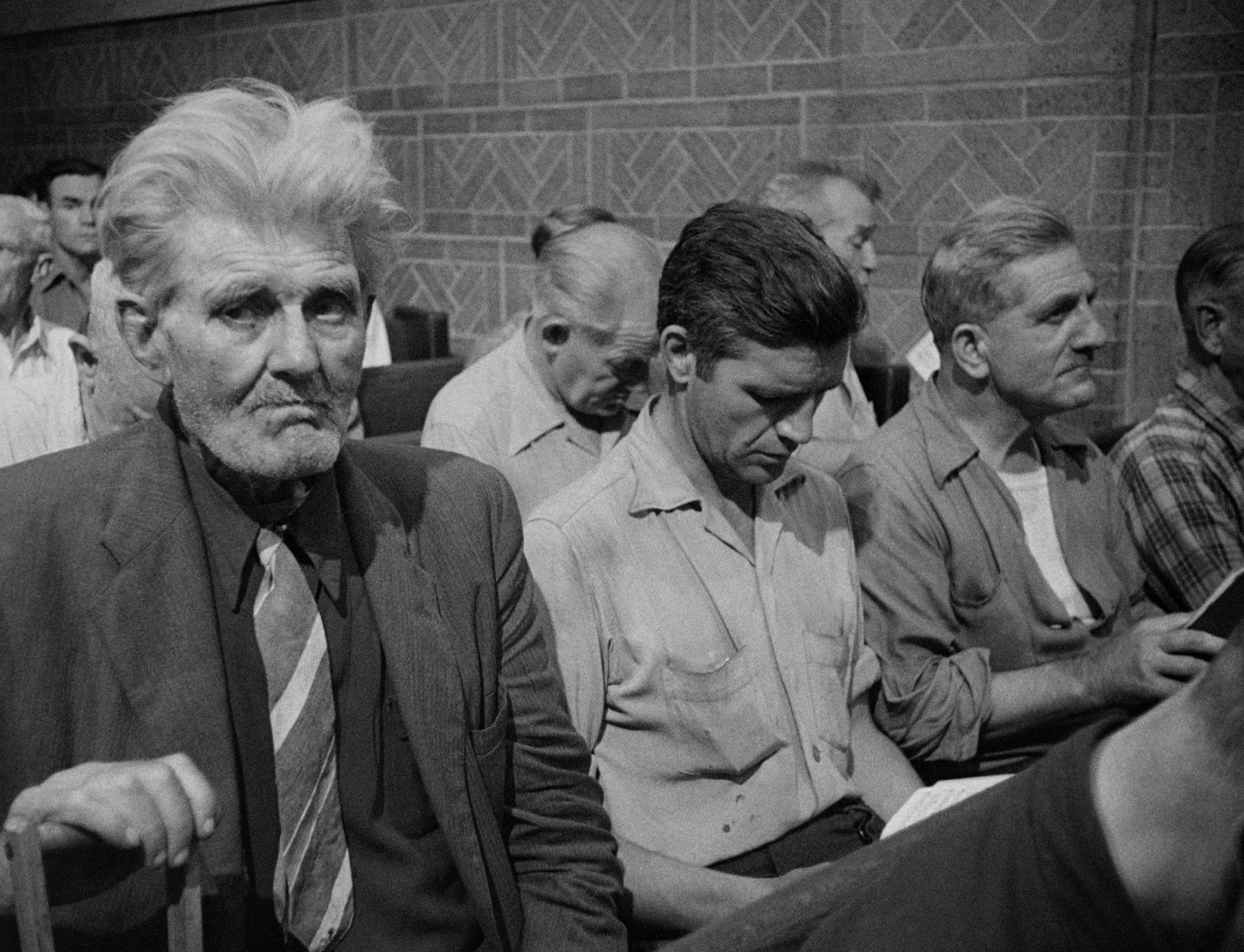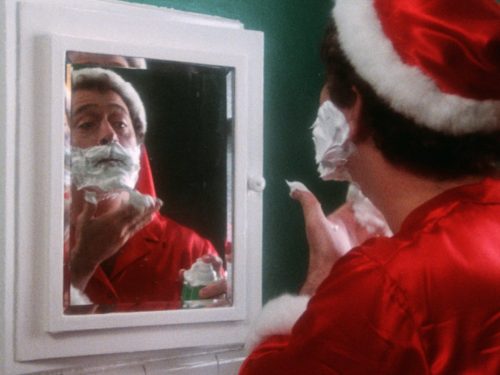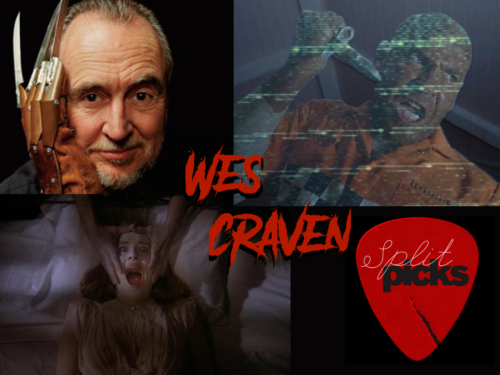Del Toro’s Spanish Civil War-set ghost story traces the nature of hauntings both supernatural and social
In Guillermo del Toro’s The Devil’s Backbone (2001), an off-screen narrator contemplates the nature of ghosts. He first raises the idea of a ghost as being a tragedy that is forced to repeat itself endlessly. He then adds that a ghost can also be seen as an “instant of pain” or as something that is dead but carries on as if it were still alive. The narrator, who we learn by the end of the film is a ghost himself, adds a final idea to his taxonomy. He observes that a ghost is “an emotion suspended in time” and compares this concept to a “blurred photograph” and an “insect trapped in amber.” It is tempting to see these similes as allusions toward the medium of film itself. Not only is cinema much more capable than photography of “suspending” emotions in time, but the image of an insect preserved in amber is indelibly linked to Steven Spielberg’s Jurassic Park (1993). In this light, we might say the ghost is a metaphor for film in two senses: First, for the performers who are rendered timeless and unchanging, and second, for the cinephile who records and remembers the history of the medium. Like so many of del Toro’s films, it is hard to resist seeing The Devil’s Backbone as a metatextual commentary on the nature of filmmaking, the power of images, and the history of cinema.
I want to hold out against this analytical impulse for a bit longer, though, because it could distract me from discussing The Devil’s Backbone as a work of horror filmmaking and as a ghost story. In this film, del Toro displays an acute understanding of the ghost as both a tragic entity preserved outside time and an active agent who transforms the lives of those around him. Put another way, ghosts are, for del Toro, an affirmation of life and the necessity and virtue of human action against historical evil and inevitable death. The subject whose movement registers as a blur on a photograph cannot stop the mechanical operation of the camera, and the insect caught in tree sap is incapable of altering the natural process that results in its fossilization. And yet, the person in the photograph calls out to those studying it — why did they turn their head? — just as the body of an ancient dragonfly is studied for what it can tell us about a world long lost. The ghosts in The Devil’s Backbone are the ultimate result of acts of violence and cruelty, but they are more than tragic victims; They carry on in the actions of the living, who eventually will become ghosts themselves. In del Toro’s film, this is a quietly terrifying, static cycle, but it is also one that maintains and insists on the dignity of its human and spectral characters.
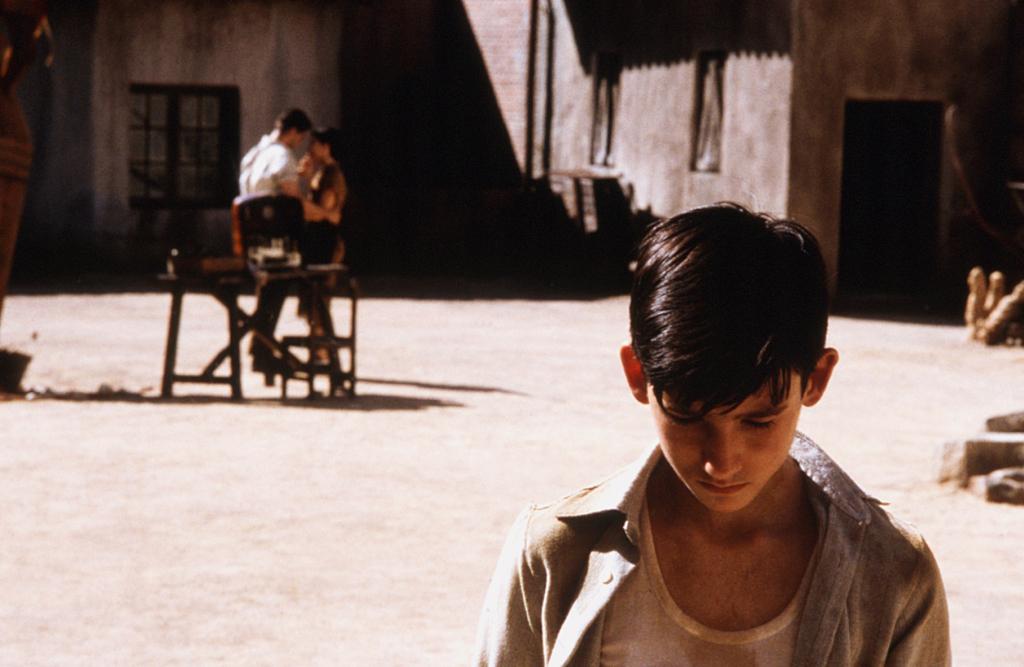
The Devil’s Backbone is set amid the Spanish Civil War. Carlos (Fernando Tielve), a young boy whose Republican father was killed in the war, is brought to a boys orphanage that is run by two elderly leftists, Carmen (Marisa Paredes) and Dr. Casares (Federico Luppi). The two are committed to providing a safe place for the children to learn and grow, even as they struggle financially to keep the orphanage afloat. Dr. Casares and Carmen are also hiding a store of gold for the Republicans, and they remain on guard against attacking Nationalist forces and the danger of Franco’s soldiers one day finding it.
Carlos is initially dismayed by the thought of living at the orphanage. Dr. Casares tells Carlos that it will just be for a little while, but the boy seems to know that his stay will be longer than that. Carlos quickly befriends Gálvez (Adrián Lamana) and Owl (Javier Búho), but the rest of the orphaned boys do not take to the newcomer. Carlos’ initial antagonist is Jaime (Íñigo Garcés), who is a bit bigger and older than the other boys and tries to make Carlos feel alone and unwanted at the orphanage.
As he gets accustomed to the place, Carlos learns about the mysterious disappearance of a boy named Santi (Junio Valverde), who went missing the night a bomb landed in the courtyard of the orphanage, where it remained without going off. The boys also tell Carlos of “the one who sighs,” a ghostly entity that haunts the orphanage grounds. Carlos has a frightening encounter with this being late one night when Jaime dares him to break curfew and fill a jug of water from the kitchen. Carlos agrees in order to prove that he is not afraid, but insists that Jaime do the same. Their furtive quest is complicated by the intrusion of Jacinto (Eduardo Noriega), the groundskeeper of the orphanage who himself was cared for by Carmen and Dr. Casares. Now an adult, he is obsessed with finding the gold that Carmen has hidden in the orphanage. He wants to run away with his fiancée, Conchita (Irene Visedo), a teacher at the orphanage. Carlos and Jaime make every effort to go unnoticed by Jacinto for fear of what will happen if they get caught, but Carlos cannot help watching the man as he tries to open the safe that he believes holds the gold. As Carlos watches Jacinto’s fruitless attempt, the ghostly entity makes its presence known. In the cistern under the kitchen, Carlos finds “the one who sighs” — a sepia-colored figure who resembles a little boy with a head injury, causing a kind of spectral blood to pour out of his skull continuously. The being whispers to Carlos that many of them at the orphanage are “going to die.” Carlos runs away and is pursued by the spirit, and narrowly manages to escape. However, Carlos is then caught by Jacinto who is worried about any prying eyes that might give him away, thus putting the already terrified boy in greater danger.
Carlos later learns from Jaime that “the one who sighs” is, in fact, Santi’s ghost. Jaime recounts the night not long ago when he and Santi were in the cistern together collecting slugs and encountered Jacinto in an earlier attempt to open the safe. In the ensuing altercation, which mirrors the one Carlos found himself in, Jacinto accidentally thrusts Santi’s head into a cement wall, traumatizing the boy and nearly killing him. Jaime looks on helplessly at his friend, and watches Jacinto drown the child in the cistern by weighing his body down with rocks. Carlos then understands Jaime’s latent hatred of Jacinto, and not long after Carlos has another encounter with Santi where he learns that the ghost wants Jacinto brought to him. From then on, Carlos agrees to help Santi with his desire for revenge.
The most visually upsetting entity in del Toro’s oeuvre is the desiccated body of the Pale Man, who holds his eyes in the palms of his hands and seems to not really be alive or dead as he pursues the precocious heroine of Pan’s Labyrinth (2006). (The reanimated corpse of a Nazi in Hellboy [2004] is perhaps second in line.) The Devil’s Backbone has upsetting imagery of its own. The film begins with a shot of Santi lying on the floor, with his head wounded and his body shaking. Such a sight is striking not just because it’s so rare to have a child be the subject of this kind of violence, but also because the instinctive reaction is different, especially for audiences who have children. Unlike other horrifying images that might compel us to withdraw into ourselves out of fear or disgust, Santi’s shocking and violent suffering compels viewers to direct such feelings outside of themselves. That is, adult viewers do not feel that they must protect themselves against such images — it is that such a thing must never be allowed to happen to a child.
Del Toro invokes a related, but quite different, feeling later in the film, when Dr. Casares tells Carlos about his small scientific project and business enterprise. The doctor has been making spiced rum out of the preserved bodies of fetuses that have died from spina bifida. Dr. Casares has kept the orphanage afloat over the years by selling this gruesome drink — referred to as “the devil’s backbone” — to people in town, who believe in its power to cure impotence. Simply to describe the enterprise is upsetting enough, and Federicco Lupi and del Toro deserve immense credit for making Dr. Casares into a kind and gentle soul who nevertheless trafficks in some dark dealings. Certainly, in a different film he would be the villainous figure who runs the orphanage in order to collect children for any number of scientific or medicinal “experiments.” Even without the doctor being presented as a nefarious figure, though, the image of a fetus with its spine exposed sitting in a jar the same way that one might preserve the body parts of an animal is disturbing. Unlike Santi’s wounded and quivering body, the viewer knows that these babies died due to an accident of nature. Insofar as audiences are horrified by the mild-mannered doctor’s actions, it is not due to what he does to the fetuses that potentially engenders a sense of disgust, but what he does with them and his reasons why. Dr. Casares is not adding any death or misery to the world, but he is also profiting off this pain in order to maintain the orphanage. Simply speaking, what makes the entire endeavor so disturbing is precisely that it seems logical and even necessary. In a way, it would be less upsetting to see the doctor motivated by seedier purposes — an exaggerated depiction affords viewers some psychological distance. But for Dr. Casares’ operation to be presented in such a matter-of-fact way makes it harder to accept precisely because we are better able to understand how such desperate circumstances can in fact make anything, however macabre, feel normal.
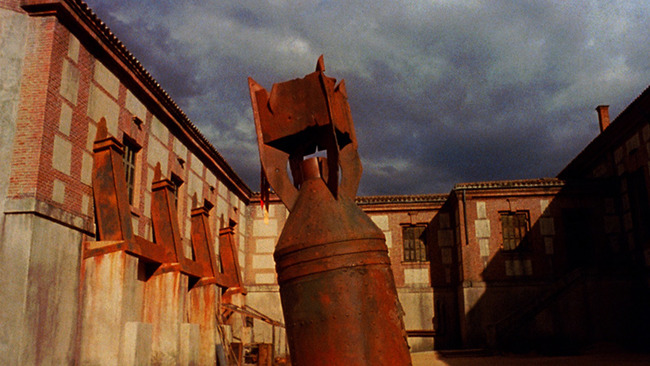
Indeed, true to the gothic influence that pervades all of del Toro’s films, normalcy is itself something horrifying — or to put it another way, normalcy is something that haunts reality in The Devil’s Backbone. We see this in how each of the characters settle into a certain rhythm of ordinariness, even while living at the orphanage after Santi’s mysterious disappearance and living under the threat of fascist violence in Francoist Spain. Until Carlos’ arrival, the characters seem to take Santi’s ghost as something of a myth. “The one who sighs” is a presence that the boys have accepted as a regular part of their lives, even if it is one that they try to keep at a distance. The same can be said of how Dr. Casares and Carmen attempt to protect the Republican gold from the Nationalists. Insofar as the orphanage is located in a remote area of Spain disconnected from any Loyalist base, the elderly orphan keepers are virtually defenseless against the violence that can be visited upon them at any moment, even though the Nationalist army mostly appears in the periphery of the action. The bomb that was dropped onto the orphanage that, by some miracle, did not detonate, is a potent symbol of their precarious situation. As such, it is also a symbol of the strangeness that has come to be accepted as normal within the orphanage. Even though the bomb is not a danger to them, it is odd that none of the characters at the orphanage (except for Carlos) pay much attention to the object. It’s not that they are unaware of its presence, or more generally, the threat of violence and death that circumscribes their daily lives. Rather, the characters all find ways of carrying on with some semblance of normalcy despite the real danger and uncertainty of the environment. Hence, Jaime bullies the younger boys, but pines for Conchita; Dr. Casares has his spurious business but he also longs for Carmen, who is herself carrying out an affair with Jacinto. Even Carlos as a newcomer enters into a familiar pattern. Throughout The Devil’s Backbone, there are periodic hints that Carlos is following in Santi’s footsteps. When he first arrives, he collects slugs, just as Jaime and Santi were before the latter’s murder; he is given the same bed that Santi used to have; he has a frightening and potentially fatal interaction with Santi where he was killed, only to be assaulted by Jacinto afterward.
These layers of normalcy provide a structure and routine for the characters. Even in Carlos’ case, his figurative filling of Santi’s shoes provides a way for him to find his place and purpose in the world of the orphanage. However, Santi’s ghost, the inert bomb, the peripheral (but imminent) violence of the nationalists do not merely disrupt the ways in which the characters conduct their lives. Rather, they function as reminders of the liminal — even spectral — quality of normalcy. That is, normal relations are always caught between a past event that makes the normal necessary. Carlos can only “fill in” for Santi after the boy’s disappearance and a future event that will throw any normalcy into ruin. Familiar relationships and routines feel real until they change: Jacinto and Conchita’s plan to run away almost feels like it is happening in another film, until it becomes clear what kind of person the groundskeeper really is. And once routine is disrupted and fades away — the purity and innocence of a baby’s or child’s life cut short, for instance — normalcy itself can seem to disappear. But what is most haunting about this in The Devil’s Backbone is that established characters, emotions, or images never quite disappear. They return in some new form, a trace of their former selves. There is no breaking free of the past, and there is no future that is not tainted by it. This cycle cannot be changed, not even by the group of boys who venture out of the orphanage, alone, into Franco’s Spain.
Purchase The Devil’s Backbone on Blu-ray from Amazon
Stream The Devil’s Backbone on Amazon Prime
Stay up to date with all things Split Tooth Media and follow Frankie on Twitter
(Split Tooth may earn a commission from purchases made through affiliate links on our site.)
Find the complete October Horror 2022 series here:
